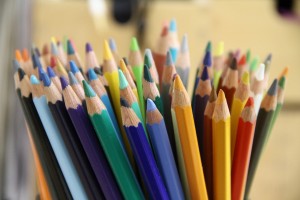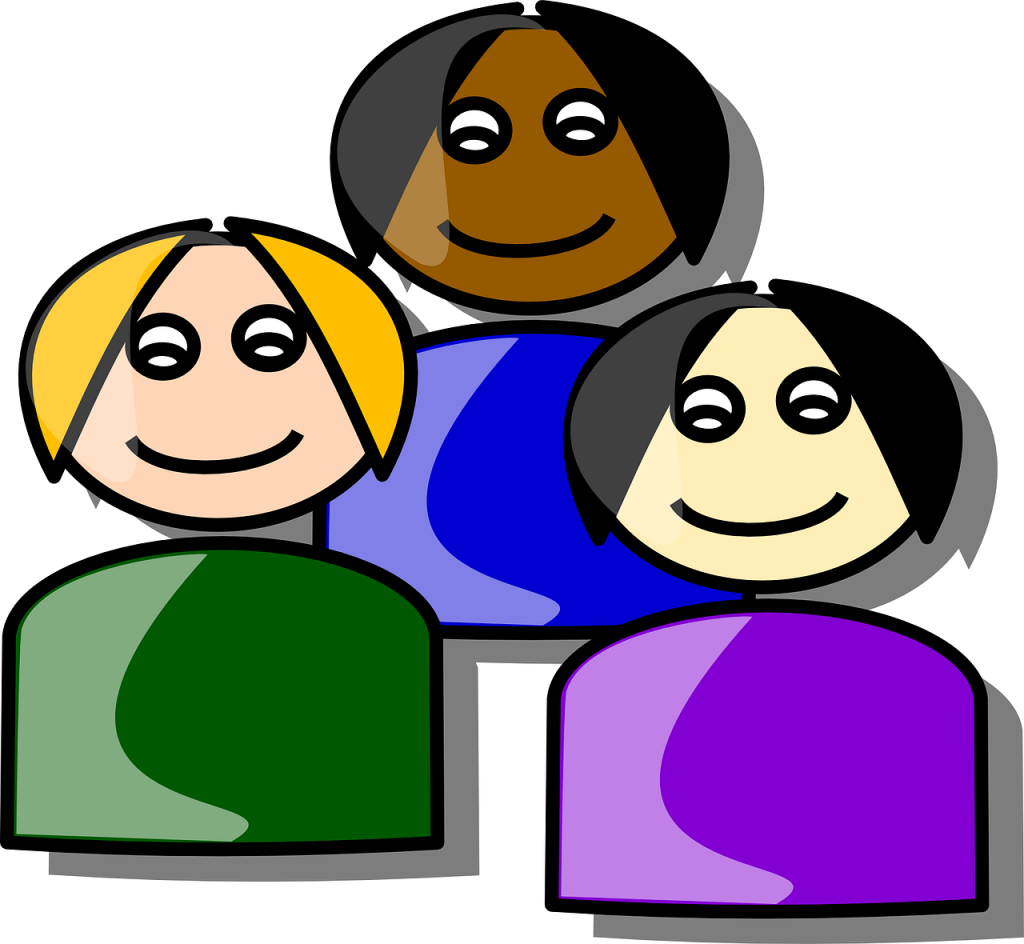September is here and it’s time to purge files, sort through paperwork and get ready for new clients. As a creative arts therapist in private practice, I often find myself to be the caretaker of paperwork, art work, and entrusted client journals. While I am obligated to keep files due to the record retention policy of my own practice, I always wonder, if there are any other ways of saving them aside from the traditional paper format. Every 6 months I find my filing cabinet bulging with therapeutic expressions, forcing me to contact clients and ask them about their decisions regarding their documents and creations. Maintaining storage space and keeping them for 7 years seems like a daunting task without a clear solution, aside from renting external space. However, I am not comfortable keeping clients’ personal art work at an exterior location as I am unwilling to deal with any potential privacy loss.
I came across various opinions and creative ways that therapists are handling this situationWhat I decided to do is take digital photographs of clients’ art creations, drawings, scanned journals, written work and (following consultation with my clients) email them for safekeeping.
As we are focusing more on cybersecurity, cyber privacy, cyber storage and cybercouselling, it is imperative to align online document storage with the best practises of document retention.
As the year continues, I plan to look at corporate cyber document retention options and storage models to see if I can make this process more efficient, keeping in mind clients’ ever-growing concerns for privacy and access to information.
Priya Senroy , MA CCC
www.senroycounselling.com
*The views expressed by our authors are personal opinions and do not necessarily reflect the views of the CCPA




